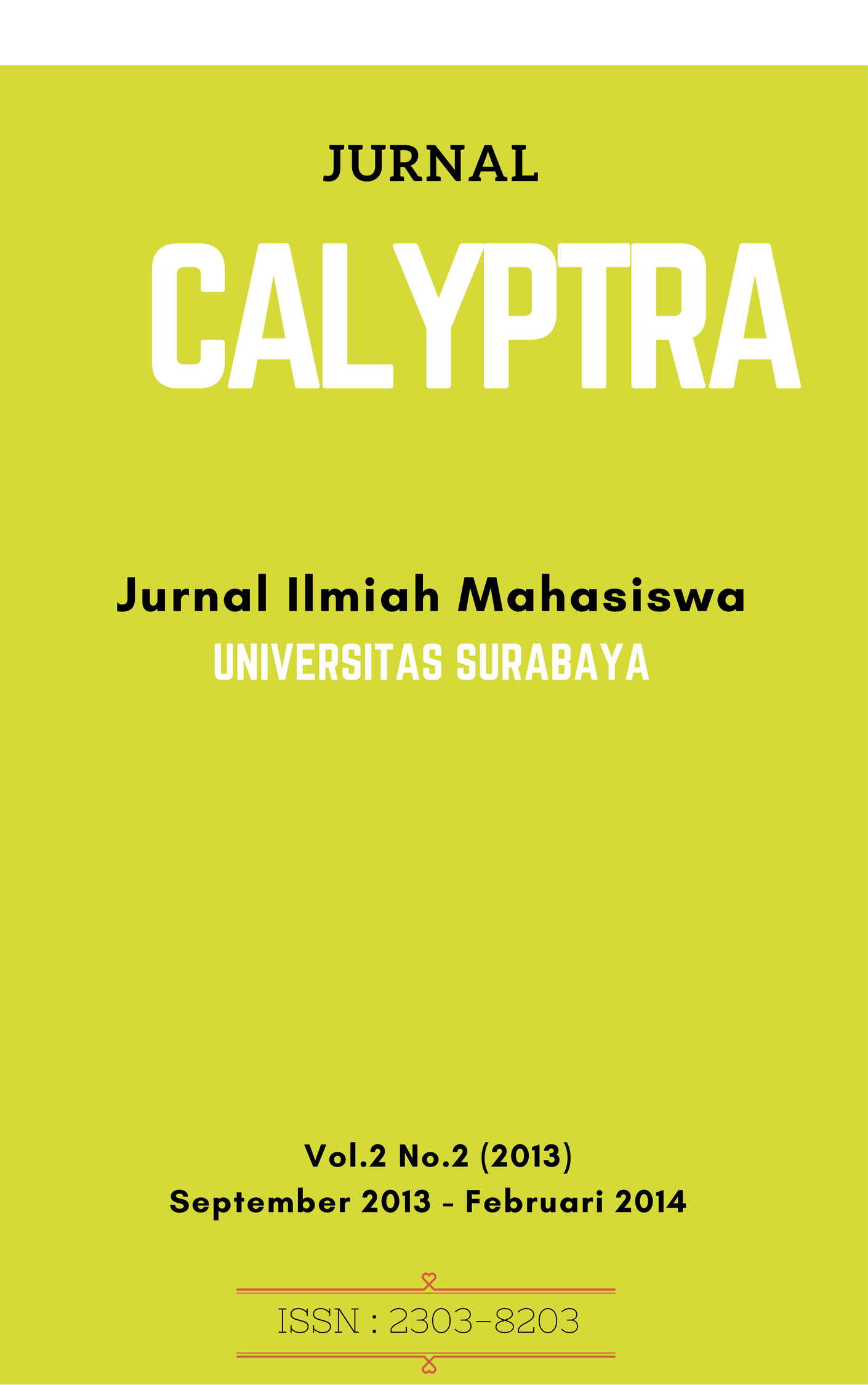PEMBERIAN MUSIK PASIF UNTUK MENURUNKAN AVOLITION PASIEN SCHIZOPHRENIA
 Abstract Views:
469 times
Abstract Views:
469 times
 PDF - FULL TEXT Downloads:
463 times
PDF - FULL TEXT Downloads:
463 times
Abstract
Avolition adalah salah satu gejala negatif schizophrenia yang mengakibatkan seseorang tidak dapat memunculkan perilaku bertujuan. Tujuan penelitian ini adalah mengetahui apakah ada penurunan avolition melalui pemberian musik secara pasif terhadap pasien schizophrenia. Partisipan dalam penelitian ini adalah 13 orang pasien yang telah mendapatkan diagnosa schizophrenia dari psikiater. Penelitian ini tergolong penelitian eksperimental selama 4 minggu. Treatment pada penelitian ini menggunakan pemberian musik secara pasif selama 2 minggu, pada minggu ke 2 dan 4 selama 1 jam. Analisa statistik dilakukan denga Uji beda T-test dan deskripsi data menggunakan box-plot. Hasil dari penelitian ini menunjukkan bahwa tidak ada perbedaan yang signifikan terhadap avolition pada kondisi pre-test, treatment dan post-test. Peneliti juga menemukan adanya kecenderungan penurunan avolition pada subjek penelitian meksipun tidak terbukti secara statistik. Adapun faktor yang mempengaruhi hal tersebut adalah perbedaan metodologi yang berbeda dengan penelitian sebelumnya yaitu metode pemberian musik, tipe schizophrenia, usia dan lama penelitian dilakukan.
Downloads
References
Gold C, Heldal TO, Dahle T, & Wigram T. (2005). Music therapy for schizophrenia or schizophrenia-like illnesses. The Cochrane Collaboration 2. United States: John Wiley & Sons.
Halgin, R. P., & Whitbourne, S. K. (2010). Psikologi abnormal: perspektif klinis pada gangguan psikologis. Jakarta: Salemba Humanika.
Juslin, P. N & Vastfjall, D. (2008). Emotional responses to music: the need to consider underlying mechanism. Behavioral and brain sciences 31, 559 – 621.
Koelsch, S., Fritz, T., Cramon, D. Y. v., ller, K. M., & Friederici, A. D. (2006). Investigating emotion qith music: an fMRI study. Human Brain Mapping 27, 239 -250.
Mohammadi, A.Z., Minhas, L. S, Haidari, M., & Panah, F. M. (2012). A Study of the Effects of Music Therapy on Negative and Positive Symptoms in Schizophrenic Patients. German Journal of Psychiatry, 56 -62
Nevid, J. S., Rathus, S. A., & Green, E. B. (2005). Psikologi Abnormal. Jakarta: Erlangga
Pridmore, S. (2011). Download of psychiatry chapter 7: Schizophrenia. Diunduh dari http://eprints.utas.edu.au/287/8/Chapter_7._Schizophrenia.pdf pada tanggal 5 Maret 2012
Purvis, T. C. Music Therapy in Schizophrenia diunduh dari http://www.wlu.ca/soundeffects/researchlibrary/TonyaCastle.pdf pada tanggal April 16, 2012
Sousa, A.D, & Sousa, J.D. (2010). Music therapy in cronic schizophrenia. Journal of Pakistan Psychiatric Society 7(1), 13.
Trémeau, F., Nolan, K.A., Malaspina, D., & Javitt., D.C. (2012). Behavioral validation of avolition in schizophrenia. Schizophrenia Research 138, 255-261
Wagner, M. (2008). Dimensions of Music: The Effect of Music/Brand Congruity on Advertising and Brand Evaluations. Disertasi, tidak diterbitkan, University of Michigan.
- Articles published in CALYPTRA are licensed under a Creative Commons Attribution-ShareAlike 4.0 International license. You are free to copy, transform, or redistribute articles for any lawful purpose in any medium, provided you give appropriate credit to the original author(s) and the journal, link to the license, indicate if changes were made, and redistribute any derivative work under the same license.
- Copyright on articles is retained by the respective author(s), without restrictions. A non-exclusive license is granted to CALYPTRA to publish the article and identify itself as its original publisher, along with the commercial right to include the article in a hardcopy issue for sale to libraries and individuals.
- By publishing in CALYPTRA, authors grant any third party the right to use their article to the extent provided by the Creative Commons Attribution-ShareAlike 4.0 International license.



